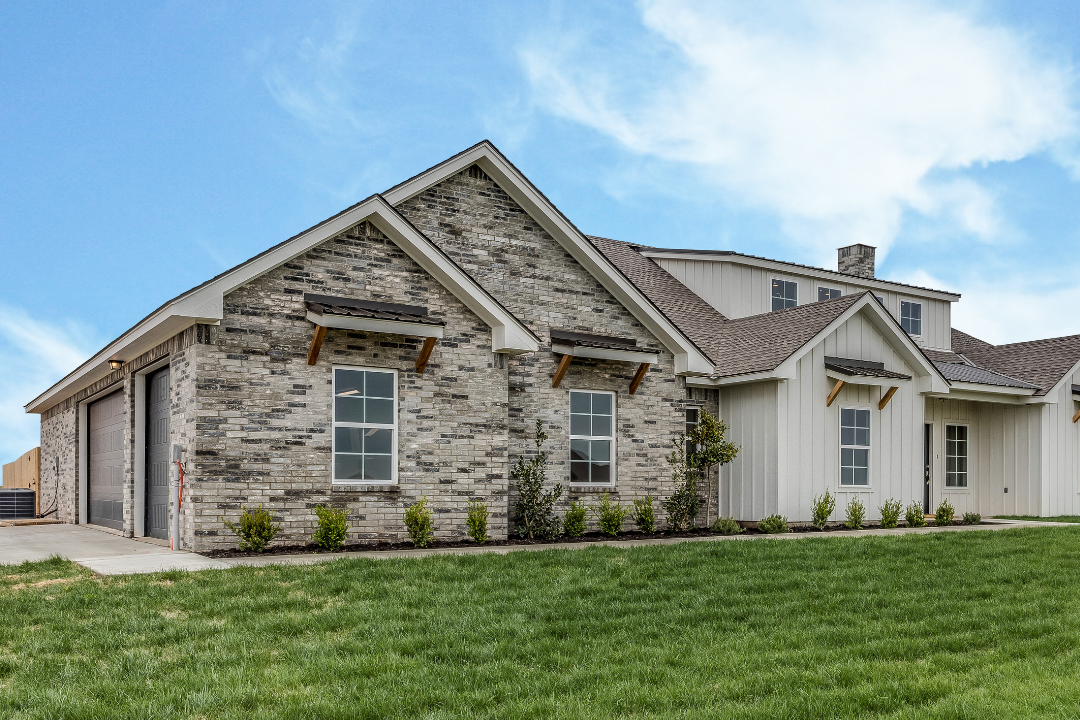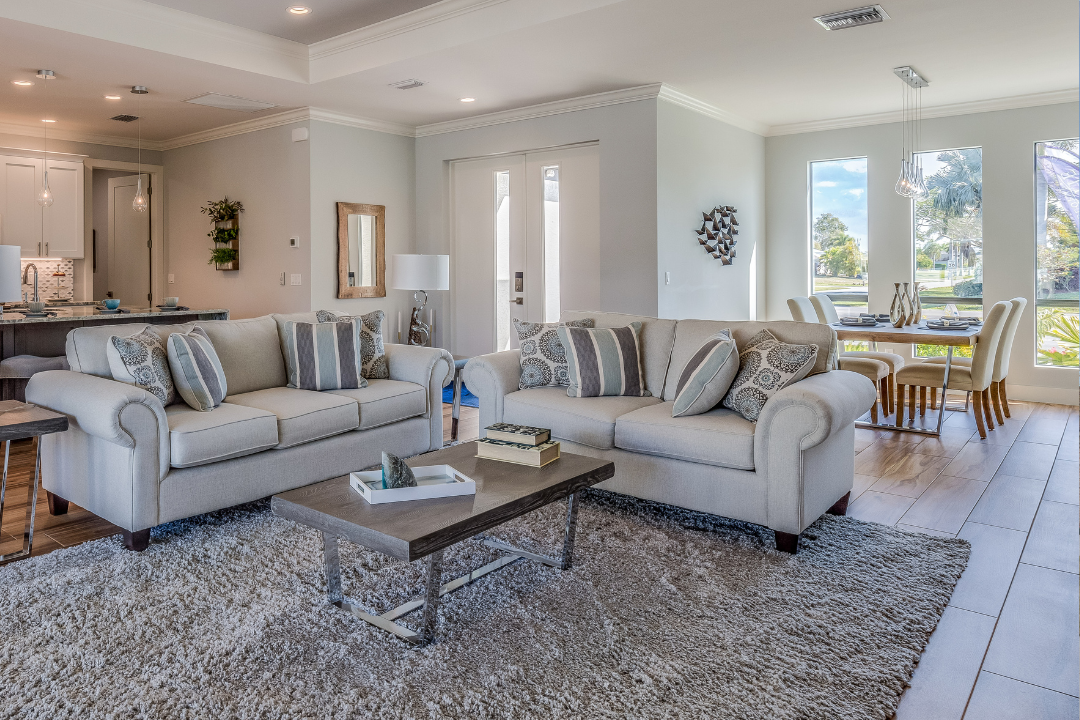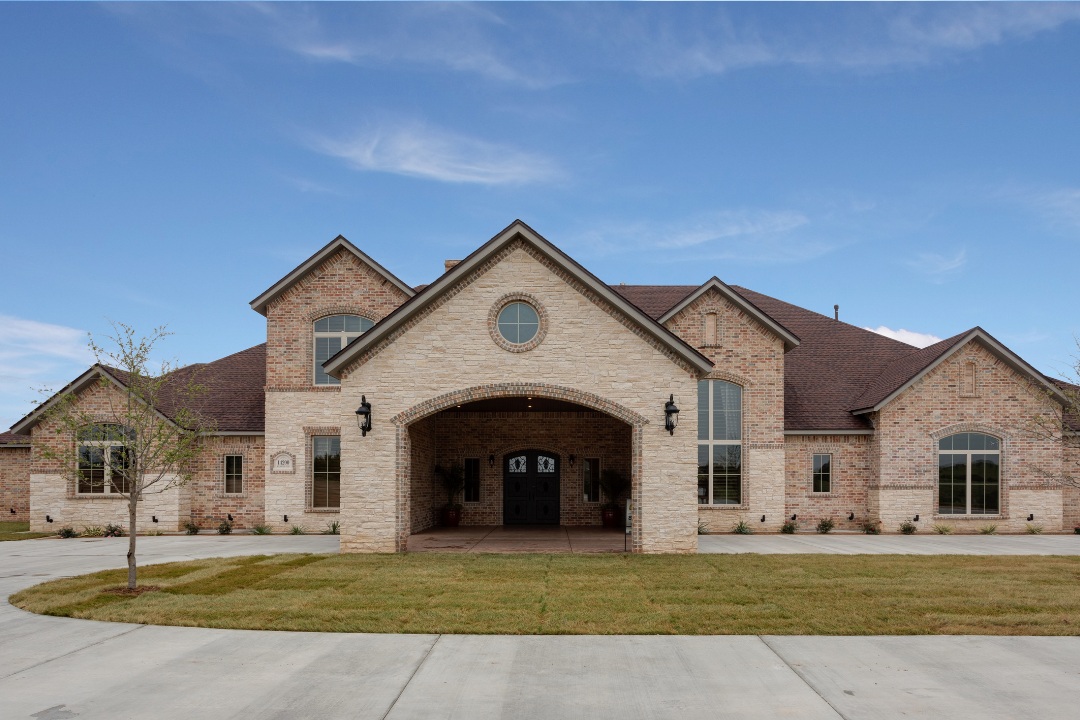How to Tell If Your North Texas Windows Need Replacing

Old, drafty, or damaged windows can quietly drain your wallet and comfort. In North Texas, with its extreme heat, sudden storms, and seasonal shifts, aging windows are often a hidden source of rising energy bills and home discomfort. If your windows are more than 15 years old or showing any signs below, it may be time to consider a full replacement. Replacing your windows is not just a cosmetic upgrade—it’s an investment in your home’s energy efficiency, safety, and long-term value.
1. Your Windows Are Over 15 Years Old
Most residential windows last 15 to 20 years. In the Texas climate, sun exposure and sudden weather swings can speed up wear and tear. If your windows were installed over a decade ago, schedule an inspection. Even well-maintained windows lose efficiency over time, especially when exposed to constant UV rays and humidity changes.
Texas heat shortens window lifespans. If your home was built before 2010, your windows might already be underperforming. Consider upgrading to modern double- or triple-pane windows that offer better insulation and solar control.
2. You Feel Drafts or Notice Rising Energy Bills
One of the clearest signs your windows need replacing is a noticeable draft. If you feel warm or cold air leaking in—especially near window frames—it’s costing you. HVAC systems must work harder to maintain indoor temps, raising your energy bills. Over time, these costs can add up significantly.
Look for:
- Sudden increases in utility costs
- Uneven room temperatures
- Cold spots near closed windows
Replacing windows in hot climates like North Texas can cut heating and cooling energy use by up to 30%. Energy-efficient windows are designed with multiple panes, gas fills, and low-emissivity coatings to reduce thermal transfer and keep your home comfortable year-round.
3. Windows Are Hard to Open or Close
Function matters. If your windows stick, won’t stay open, or require force to close, they’ve likely warped or shifted. North Texas humidity can swell wooden frames and degrade seals, leading to mechanical issues and even safety hazards.
Signs include:
- Windows that jam or resist movement
- Locks that don’t line up
- Difficulty opening during warmer months
Malfunctioning windows are not just inconvenient—they can pose serious safety risks in case of an emergency and lower your home’s security.
4. Condensation Between Panes
Double- and triple-pane windows can develop seal failures over time. When seals break, moisture gets trapped between panes and creates foggy glass that never wipes clean. This is a sign that the window’s insulating gas has escaped, reducing its effectiveness.
This usually means:
- Lost insulation value
- Poor temperature regulation
- High humidity infiltration
Persistent condensation can also encourage mold growth and affect indoor air quality.
5. Cracked, Warped, or Rotted Frames
Exterior window damage may be easy to miss until it becomes a problem. Wood rot, peeling caulk, or water-damaged sills are red flags. Damaged frames allow moisture and pests into your home and can eventually lead to structural damage.
Texas storms and sun exposure accelerate:
- Frame warping
- Cracked panes
- Water leaks or rot
Inspect your window exteriors regularly, especially after storms or extreme heatwaves.
6. Fading Furniture or Floors
UV rays can bleach hardwood floors, drapes, and furniture. If you’ve noticed fading in sun-exposed rooms, your windows may lack modern UV-blocking coatings. Today’s high-performance windows block up to 99% of UV rays.
Replacing outdated glass helps:
- Protect valuables from sun damage
- Keep interiors looking new
- Reduce cooling load during summer
Adding window treatments can help, but new glass technologies provide long-term, maintenance-free protection.
7. You Hear Everything Outside
If you’re hearing traffic, barking dogs, or lawnmowers clearly from inside, your windows aren’t insulating well against sound. Modern energy-efficient windows include noise-reducing features such as laminated glass or triple-pane configurations.
Good window replacements can:
- Cut outside noise by up to 50%
- Improve sleep quality
- Enhance indoor quiet and focus
This is especially important if you live near busy roads, schools, or other high-noise areas.
8. Recurring Repairs or Maintenance
If you’re constantly reglazing, recaulking, or repainting, your windows may be past their useful life. These fixes are often temporary and don’t solve the core problem. New windows offer low-maintenance designs with durable frames and long-term warranties.
Frequent maintenance drains your time and budget. A full replacement may be more cost-effective in the long run.
Why This Matters in North Texas
Frisco, Plano, McKinney, Allen, and nearby areas face intense UV exposure, high winds, hail, and heat. Older or damaged windows struggle to keep up with Texas conditions. Replacing them boosts energy efficiency, resale value, and peace of mind. Homebuyers in Texas increasingly look for energy-efficient upgrades when shopping for homes.
Learn more about our window services.
Get Your Free Estimate Today
If you’re seeing any of these signs, it’s time to call Wallaby Windows of North Texas. We’re based in Frisco and serve Plano, McKinney, Allen, and surrounding areas. Our window experts offer 24/7 availability and honest advice with no pressure.
Schedule your free estimate online today.
The Difference is Clear—see what new windows can do for your home.

